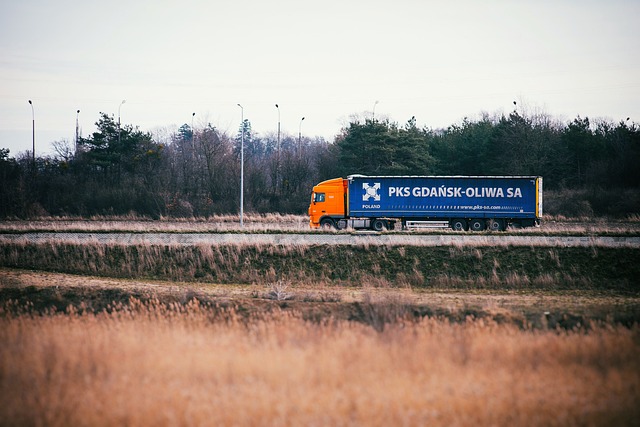Understanding and managing physical damage policies is crucial for seamless vehicle transitions within a fleet. By reviewing, communicating, and adjusting coverage parameters, businesses can avoid gaps or increased premiums during vehicle additions or changes. Implementing temporary coverages ensures uninterrupted protection while new policies are in effect, protecting assets from potential physical damage. Regular updates and clear communication between policyholders and insurers facilitate smooth transitions, leveraging existing physical damage policies for continuous protection during adjustments.
As vehicles evolve and collections grow, seamless coverage transitions are vital. This article explores the intricacies of ensuring uninterrupted protection for your assets during vehicle additions or changes. We delve into the foundational role of physical damage policies, uncover common gaps and challenges, and provide strategic solutions to safeguard your investments. Discover expert tips for efficient transition management, empowering you to navigate these processes with confidence and precision.
Understanding Physical Damage Policies: A Foundation for Seamless Transitions

Understanding Physical Damage Policies is a cornerstone for achieving seamless coverage transitions during vehicle additions or changes. These policies dictate how insurance providers assess and compensate for physical damage, ensuring that policyholders are adequately protected against unexpected incidents. By comprehending these policies, individuals can make informed decisions when updating their vehicle information, avoiding potential gaps in coverage that could leave them vulnerable.
Knowledge of physical damage policies enables proactive management of insurance needs. It allows drivers to choose the right coverage options tailored to their specific vehicles, driving habits, and local regulations. With this understanding, transitioning between vehicles becomes less complex, as policyholders can seamlessly transfer existing coverage while ensuring continuous protection without lapses or increased premiums.
Vehicle Addition and Change: Potential Gaps and Challenges

When a vehicle is added or changes hands within a fleet, it’s not just about updating records and registration; seamless transitions require careful consideration to avoid coverage gaps. Common challenges arise from variations in policies, especially those related to physical damage, which can differ between owners or leasing agreements. If not properly addressed, these disparities could leave periods of uninsured or underinsured vehicles, creating financial vulnerabilities for businesses.
For instance, a new vehicle might come with its own specific coverage requirements, while the existing fleet policy may still apply. Understanding and bridging these differences is crucial to maintaining uninterrupted protection. This involves thorough reviews of insurance policies, communication among stakeholders, and potentially adjusting coverage parameters to ensure every vehicle, regardless of ownership or type, is adequately covered by physical damage policies.
Strategies to Bridge Coverage Gaps: Protecting Your Assets

When adding or changing vehicles, it’s crucial to implement strategies that bridge any coverage gaps left by existing policies. This protection is essential to avoid assets being uninsured during transitional periods. One effective approach is to review and adjust your comprehensive and collision coverages. Ensure these policies encompass all vehicles on your property to prevent any loopholes that could leave you vulnerable in case of physical damage.
Additionally, consider temporary coverage options or gap insurance to fill immediate gaps until new policies are fully activated. This proactive measure safeguards your assets and provides uninterrupted protection, ensuring peace of mind during vehicle transition periods.
Best Practices for Smooth Transition Management: Tips from the Experts

When managing transitions between vehicle coverage, adhering to best practices ensures a smooth process for all involved parties. Insurance experts recommend clear communication as a foundational step; this includes defining specific parameters and expected behaviors from both policyholders and insurers. Regular updates on policy changes and their implications are crucial, especially when new vehicles enter the picture.
Additionally, leveraging existing physical damage policies can streamline the transition. These policies often include clauses that facilitate coverage adjustments without causing disruptions. By understanding and utilizing these provisions, policyholders can maintain continuous protection while adjusting to new vehicle arrangements.
In ensuring seamless coverage transitions during vehicle additions or changes, understanding and leveraging physical damage policies is paramount. By proactively addressing potential gaps and implementing effective strategies, you can protect your assets and maintain uninterrupted insurance coverage. Adhering to best practices recommended by industry experts will streamline the transition process, fostering a more efficient and stress-free experience.
